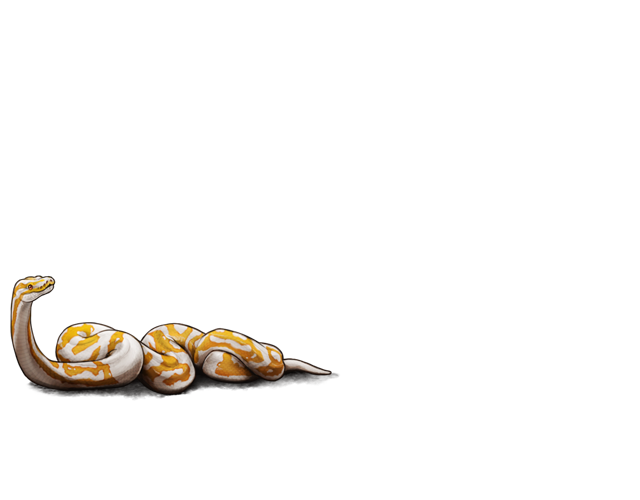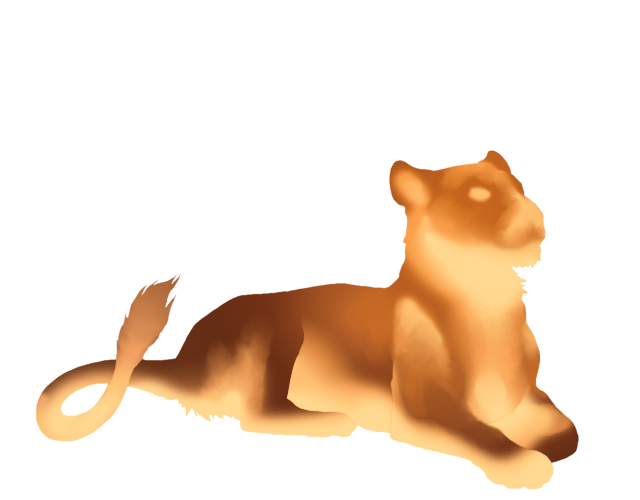|
G5
Discovery
Audouin Dollfus observed a moon on Dec. 15, 1966, for which he proposed the name "Janus." On Dec. 18 of the same year, Richard Walker made a similar observation, now credited as the discovery of Epimetheus. At the time, astronomers believed that there was only one moon, unofficially known as "Janus," in the given orbit. Twelve years later, in October 1978, Stephen M. Larson and John W. Fountain realized that the 1966 observations were best explained by two distinct objects (Janus and Epimetheus) sharing very similar orbits. Voyager I confirmed this in 1980, and so Larson and Fountain officially share the discovery of Epimetheus with Walker.
The Cassini spacecraft has made several close approaches and provided detailed images of the moon since it achieved orbit around Saturn in 2004.
Overview
Epimetheus is a potato-shaped moon with a mean radius of 36 miles (58 km) and dimensions of 84 x 65 x 65 miles (135 x 108 x 105 km, respectively). Its shape reflects pronounced flattening at the Epimethean South Pole associated with the remains of a large crater. Epimetheus has several craters larger than 19 miles (30 km), including Hilairea and Pollux.
This oblong moon orbits 94,000 miles (151,000 km) away from Saturn, taking 17 hours to circle the planet, in the gap between the F and G rings, but it doesn't do this alone. It actually shares its orbit with a sister moon named Janus, in what is called a co-orbital condition or 1:1 resonance.
Epimetheus and Janus may have formed by the break-up of one moon. If so, it would have happened early in the life of the Saturn system since both moons have ancient cratered surfaces, many with soft edges because of dust. They also have some grooves (similar to grooves on the Martian moon Phobos) suggesting some glancing blows from other bodies. Together, the moons trail enough particles to generate a faint ring. However, except for very powerful telescopes, the region of their common orbit appears as a gap between Saturn's prominent F and G rings.
Epimetheus and Janus are the fifth and sixth moons in distance from Saturn. Both are phase locked with their parent; one side always faces toward Saturn. Being so close, they orbit in less than 17 hours. They are both thought to be composed of largely of water ice, but their density of less than 0.7 is much less than that of water. Thus, they are probably "rubble piles"—each a collection of numerous pieces held together loosely by gravity. Each moon has dark, smoother areas, along with brighter areas of terrain. One interpretation of this is that the darker material evidently moves down slopes, leaving shinier material such as water ice on the walls of fractures. Their temperature is approximately -195 degrees Celsius (-319 degrees Fahrenheit). Their reflectivity (or albedo) of 0.7 to 0.8 in the visual range again suggests a composition largely of water ice.
Janus and Epimetheus share their orbits with a faint dust ring around Saturn, now called the Janus/Epimetheus Ring. This ring may be made of particles blasted off their surfaces by meteoroid impacts.
How Epimetheus Got its Name
John Herschel suggested that the moons of Saturn be associated with mythical brothers and sisters of Kronus, known to the Romans as Saturn. The International Astronomical Union now controls the official naming of astronomical bodies.
The name Epimetheus comes from the Greek god (or titan) Epimetheus (or hindsight) who was the brother of Prometheus (foresight). Together, they represented humanity. The craters on Epimetheus include Hilaeira (who was a priestess of Artemis and Athena) and Pollux (who was a warrior in The Illiad and who carried off Hilaeira).
|















